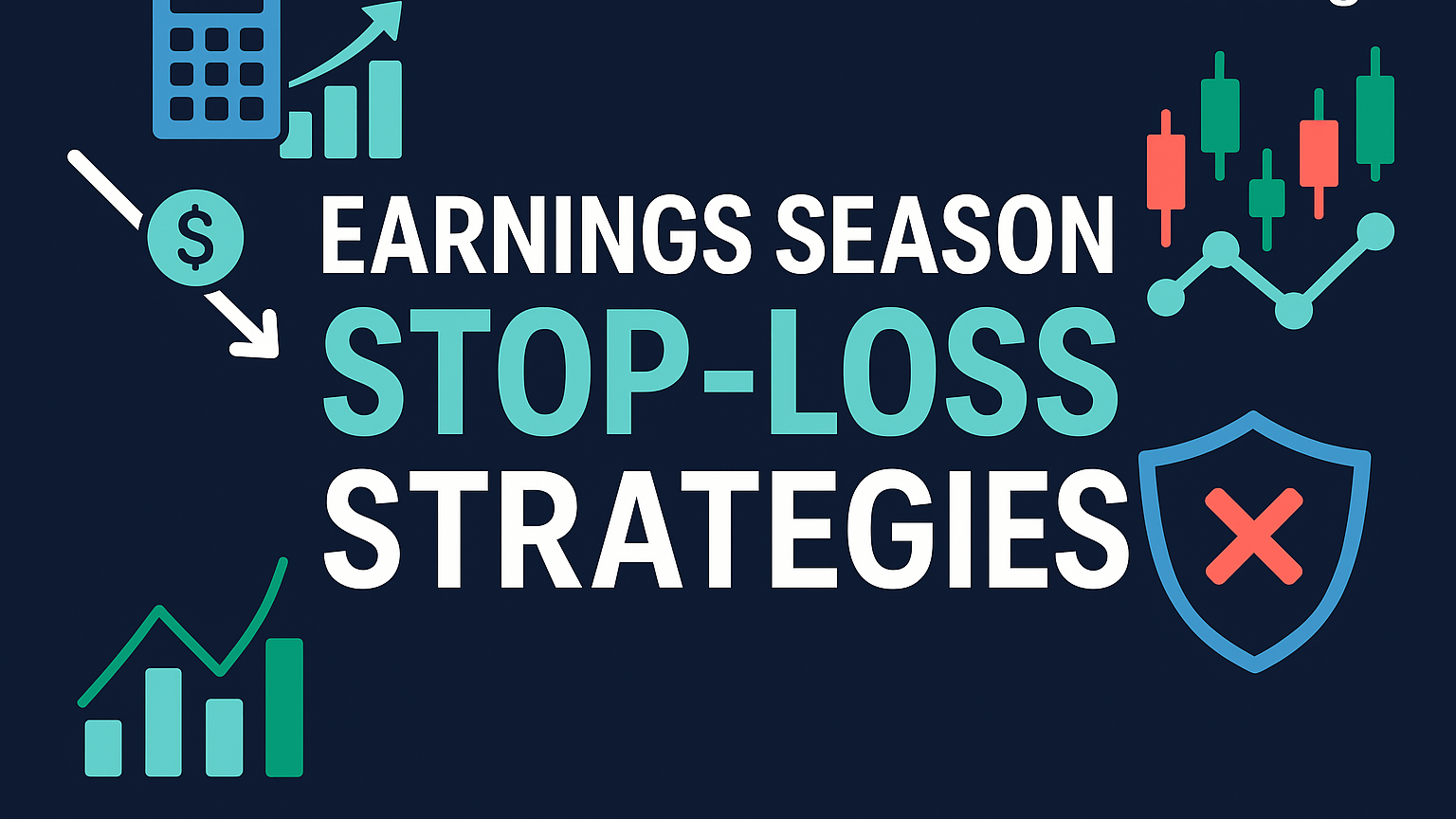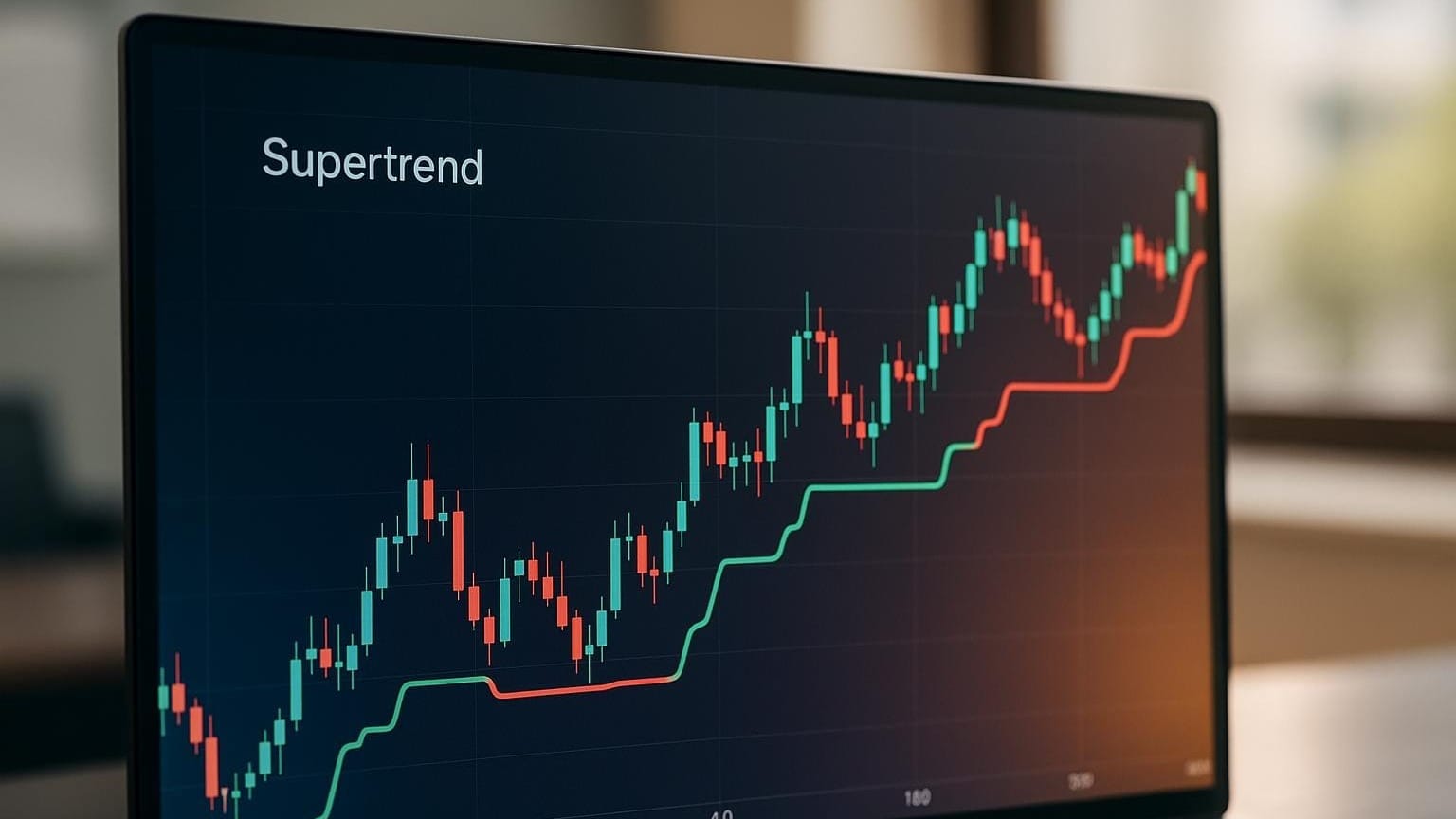Explore the benefits of advanced backtesting tools for custom indicators and how they outperform standard platforms for trading accuracy.
Testing your custom indicators with historical data is essential for building reliable trading strategies. LuxAlgo simplifies this process by offering an AI Backtesting Assistant, real-time optimization, and multi-timeframe analysis. Here’s what you need to know:
-
LuxAlgo Advantages:
- AI-powered capabilities for accurate backtesting.
- Seamless integration with TradingView.
- Features like automatic parameter optimization and deep filtering to reduce false signals.
-
Standard Solutions (e.g., MetaTrader 4, TradingView):
- Basic backtesting tools with limited depth.
- Challenges like data gaps and oversimplified assumptions.
Quick Comparison:
| Feature | LuxAlgo | Standard Solutions |
|---|---|---|
| Data Analysis | AI-driven with real-time optimization | Manual adjustments required |
| Multi-Timeframe Analysis | Advanced and detailed | Basic |
| Strategy Validation | In-depth with out-of-sample tests | Focused on historical data |
| Community Support | 24/7 support and resources | Limited documentation |
LuxAlgo is ideal for experienced traders seeking precision, while standard solutions suit beginners learning the basics. Choose based on your trading goals and strategy complexity.
1. LuxAlgo Features

LuxAlgo addresses common backtesting challenges by offering tools designed to refine custom indicators and ensure reliable strategies. Its capabilities are organized into three key components:
- Toolkit-Specific Backtesters: LuxAlgo’s toolkits – PAC, S&O, and OSC – include built-in backtesters that allow traders to test strategies across various timeframes and market conditions, complete with scripts to fine-tune performance.
- AI Backtesting Assistant: This web-based feature automates parameter optimization, evaluates indicators under different conditions, and provides real-time guidance for adjustments.
- Deep Optimization Engine: By testing numerous parameter combinations, this engine pinpoints dependable signals and minimizes false positives through advanced filtering.
Additional technical features include:
| Feature | Purpose | Benefit |
|---|---|---|
| Data Validation & Quality Control | Handles large datasets with precision | Prevents overfitting and ensures accuracy |
| Multi-Timeframe Analysis | Tests indicators across timeframes | Ensures strategies perform consistently |
| Real-Time Optimization | Adjusts parameters dynamically | Keeps strategies effective in real time |
For further support, LuxAlgo provides round-the-clock assistance and a variety of educational resources.
While LuxAlgo delivers advanced capabilities for custom indicator backtesting, it’s useful to compare these features to those of standard software solutions to understand their specific strengths.
2. Standard Backtesting Software
Solutions like MetaTrader 4, TradingView, and Blueberry Markets offer tools for testing custom indicators. These include features such as historical data integration, performance analysis, and strategy simulation. However, they face challenges like data gaps, oversimplified assumptions, and limited applicability to real trading conditions.
Here’s a closer look at some of their limitations:
| Feature | Limitation |
|---|---|
| Historical Data & Validation | Data gaps and subtle errors can go unnoticed |
| Performance Analytics | Doesn't fully account for real-world trading scenarios |
| Strategy Simulation | Assumes perfect execution conditions |
These solutions often simplify factors like transaction costs and market volatility, which can lead to overly optimistic outcomes and hinder the development of reliable automated systems using custom indicators.
Modern systems are evolving to address these issues by offering advanced data validation, out-of-sample testing, and multi-timeframe analysis. In contrast, standard tools generally rely on basic features and limited data checks, potentially missing subtle inconsistencies.
While standard software is a good starting point, its limitations make advanced solutions like LuxAlgo essential for achieving precise and reliable backtesting results.
Comparison Results
In evaluating the accuracy of automated trading systems, our analysis highlights clear differences between LuxAlgo and standard solutions, particularly in terms of features and effectiveness for testing custom indicators.
| Key Feature | LuxAlgo | Standard Solutions |
|---|---|---|
| Data Analysis | AI-driven with real-time optimization | Basic historical data analysis with manual tweaks |
| Indicator Integration | Seamless TradingView integration with specialized features | Limited integration, often requiring manual imports |
| Backtesting Tools | Advanced AI assistant with multi-timeframe analysis | Basic tools with simplified assumptions |
| Strategy Validation | Detailed out-of-sample testing with AI insights | Focused on historical performance, limited depth |
| Community Support | 24/7 live help, active forums, and educational resources | Basic documentation and variable support levels |
One standout feature of LuxAlgo is its AI-powered capabilities. These features simulate market conditions and fine-tune strategies with precision—particularly in volatile markets where standard solutions often fall short. The direct TradingView integration also allows traders to transition seamlessly from strategy creation to execution without manual data transfers. In contrast, standard tools frequently struggle with manual data handling and oversimplified testing, compromising overall accuracy.
LuxAlgo further enhances its offering with specialized toolkits – PAC, S&O, and OSC – designed for price action, signal algorithms, and divergence detection. Paired with AI-driven backtesting, these features provide a deeper and more detailed approach to strategy validation than the more generalized tools found elsewhere.
While standard software might be easier for beginners to navigate, it often lacks the depth required for advanced trading strategies. Ultimately, the choice depends on a trader’s experience, goals, and the complexity of their strategies. Selecting the right solution is critical, as it directly affects the reliability of automated trading systems.
Key Findings
LuxAlgo’s AI-driven solution excels at handling complex strategies, making it a strong choice for experienced traders. Its advanced optimization engine adjusts signals effectively across various market conditions.
The offering also includes specialized features tailored to different trading styles. For example, the Price Action Concepts (PAC) toolkit offers automatic pattern detection and volumetric order blocks, while the Oscillator Matrix (OSC) provides real-time divergence detection—catering to both day and swing traders.
Here’s a quick comparison of trading styles and recommendations:
| Trading Style | Recommended Solution | Features Offered |
|---|---|---|
| Price Action Trading | LuxAlgo PAC | Auto-pattern detection, volumetric order blocks |
| Trend Following | Standard Solutions | Simplified tools for basic strategies |
| Complex Multi-Asset | LuxAlgo Ultimate | AI optimization, cross-market analysis |
| Beginner Level | Standard Software | Basic testing tools, easier to learn |
AI-assisted backtesting tools also offer a major time advantage. Traders using these features can identify profitable setups 40% faster compared to those relying on standard solutions [1]. As noted by the TrendSpider Learning Center, regular evaluation is key:
"Backtesting is not a one-time exercise. Regularly compare live performance with backtest results for consistency." [1]
Another major benefit is improved risk management. AI-powered features can identify weaknesses in strategies early, helping traders reduce risk during live trading [2]. Choosing the right tools for backtesting is critical—it directly affects the reliability of your trading system.








